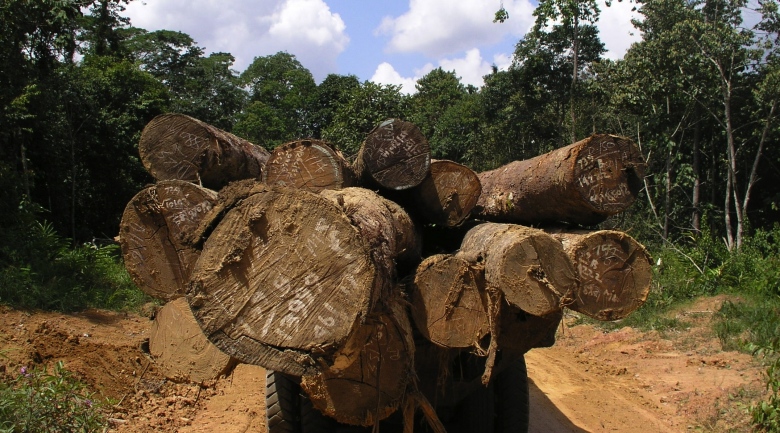
They have recorded a dramatic decline in the amount of habitat suitable for great apes, according to the first such survey across the African continent. Eastern gorillas, the largest living primate, have lost more than half their habitat since the early 1990s.
Cross River gorillas, chimps and bonobos have also suffered significant losses, according to the study. Details are published in the journal Diversity and Distributions.
"Several studies either on a site or country level indicated already that African ape populations are under enormous pressure and in decline," said Hjalmar Kuehl, of the Max Planck Institute for Evolutionary Anthropology in Leipzig, Germany, who helped organise the research.
But a wider perspective was missing; so various organisations and scientists joined to conduct the first continent-wide survey of suitable great ape habitat.
"Many of the authors have spent years to collect the data used in this study under extremely difficult conditions with a lot of personal commitment," Dr Kuehl told BBC Nature.
"Nothing comparable exists."
The scientists conducted the survey in two stages. First, they determined the exact location of more than 15,000 sites where the various species and subspecies of African great ape have been confirmed living during the past twenty years.
"We then evaluated the environmental conditions at these locations and at all other locations across tropical Africa where great ape presence was not confirmed. This assessment included for instance percentage forest cover, human population density or climatic conditions," said Dr Kuehl.
From that the researchers could calculate the environmental conditions required for great apes to live. Then, using a statistical model, they predicted the amount of such habitat surviving across Africa, first for the 1990s, then the 2000s.
